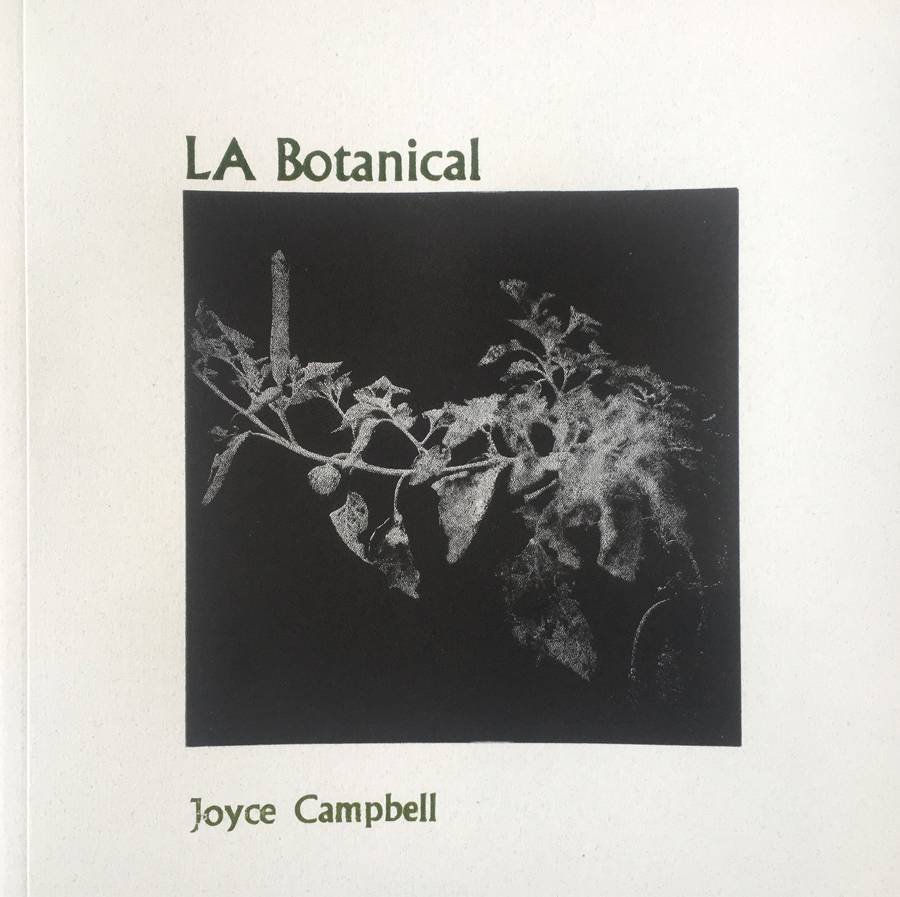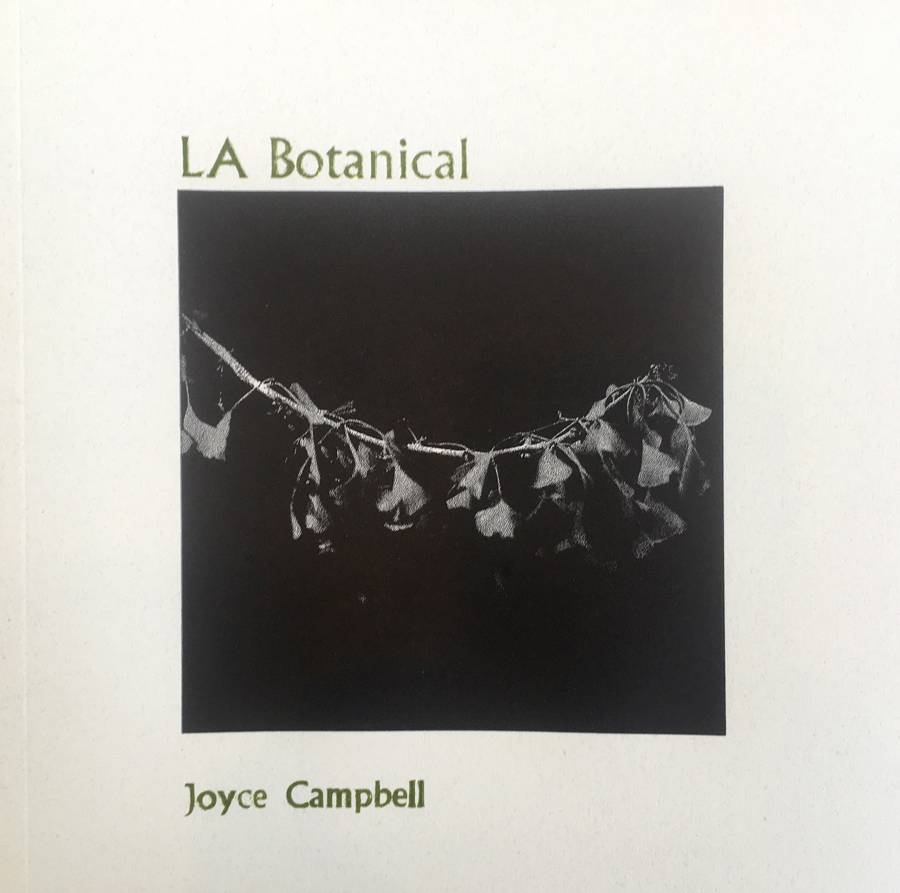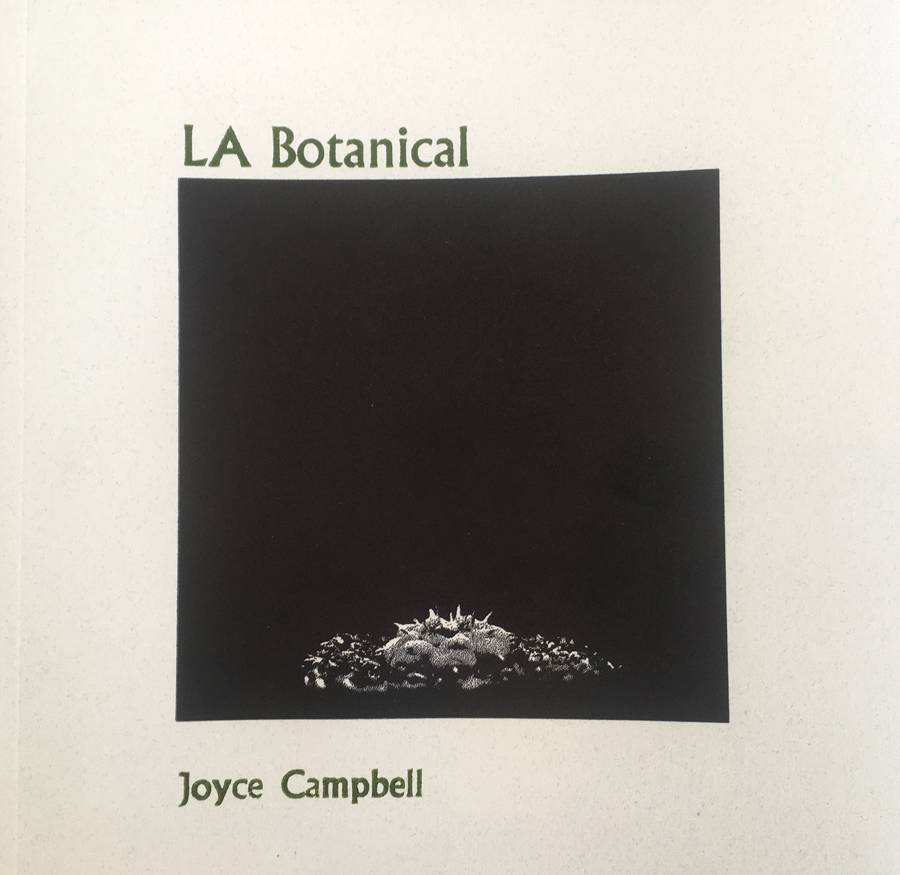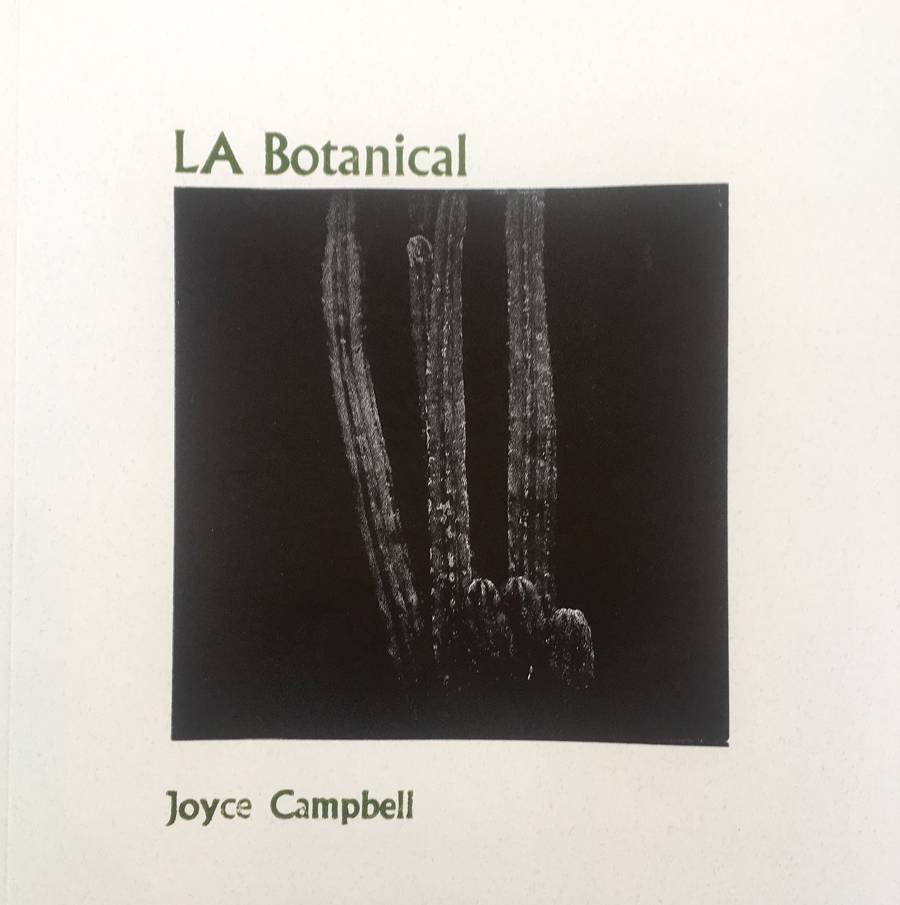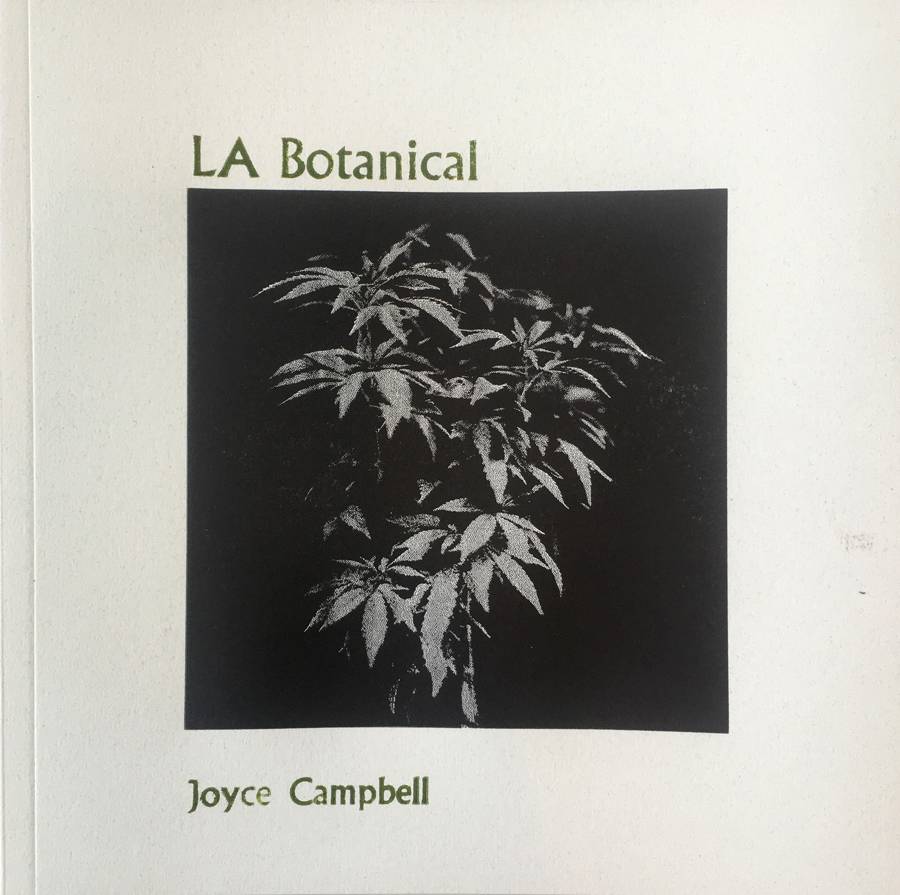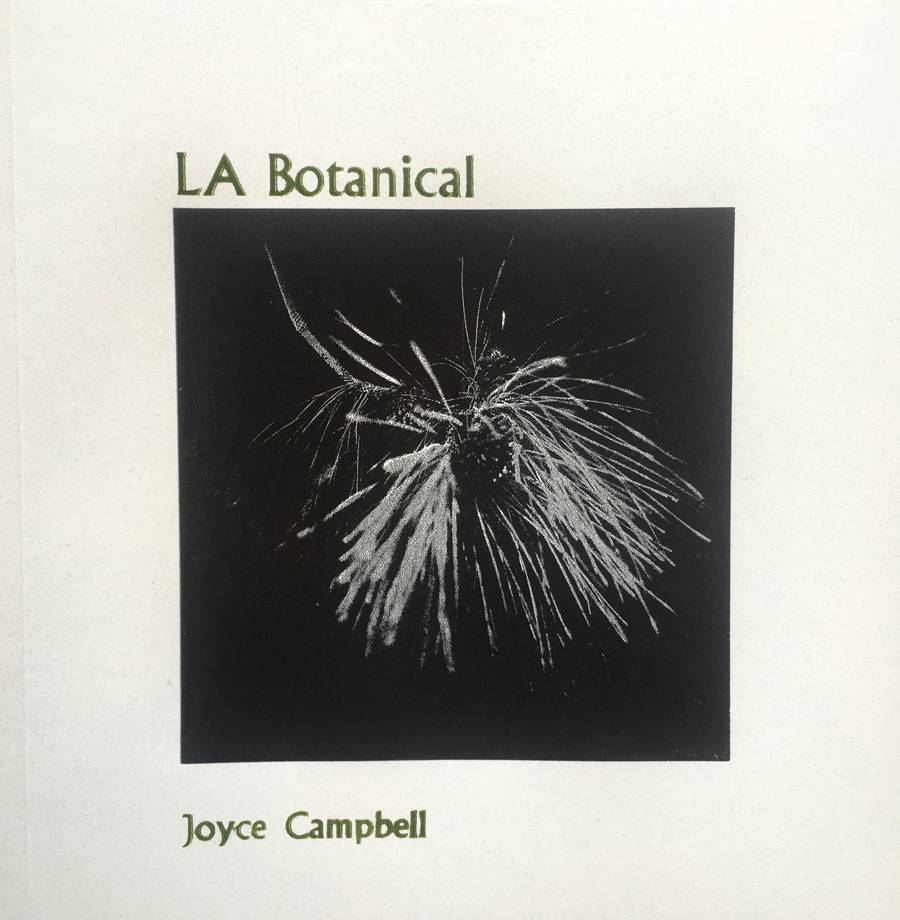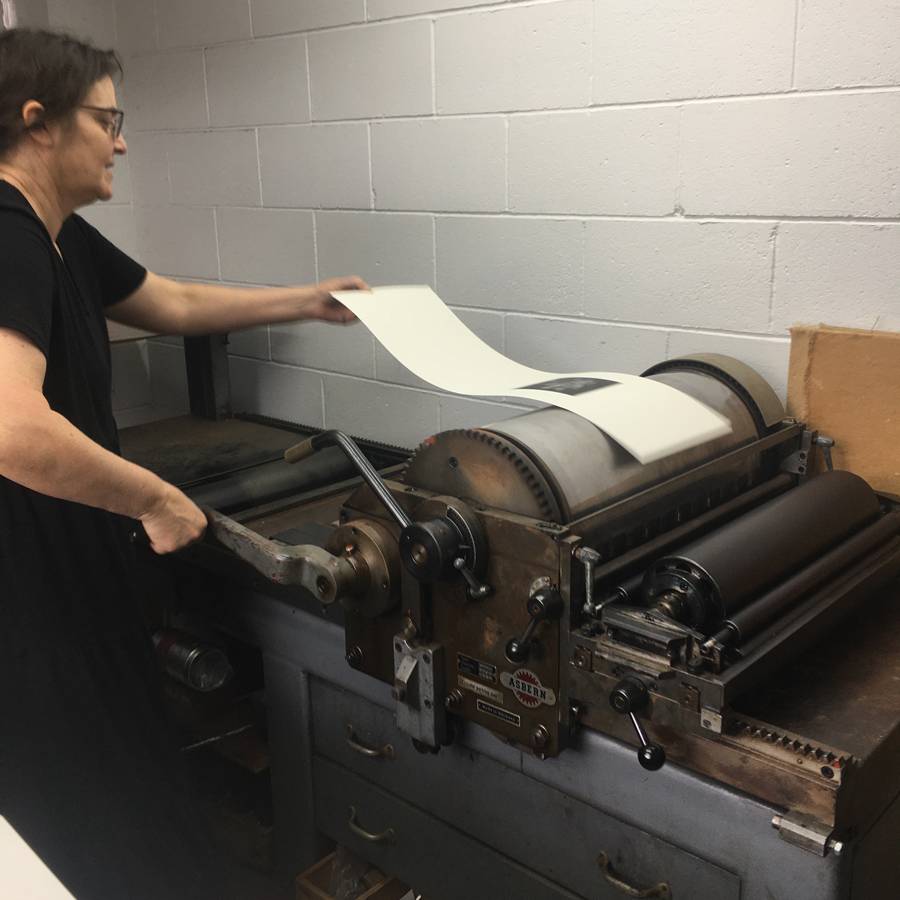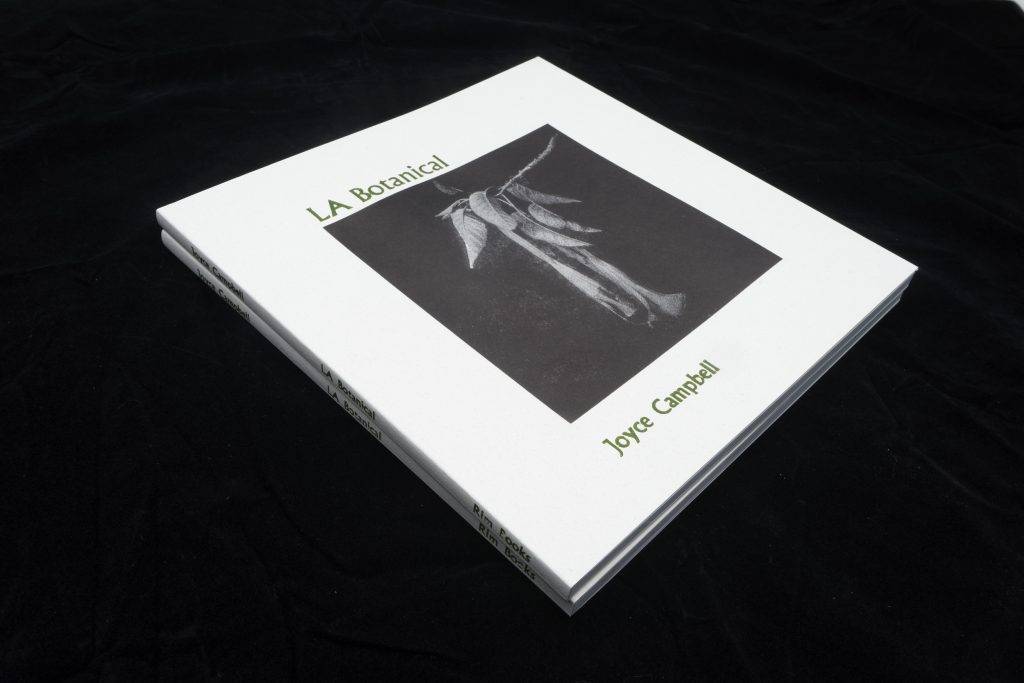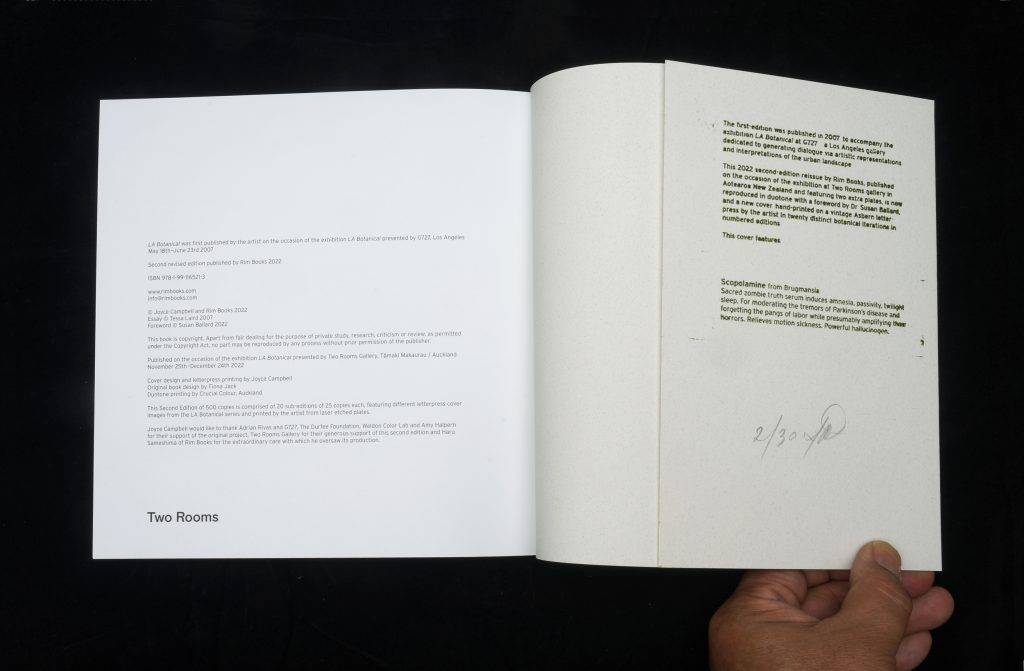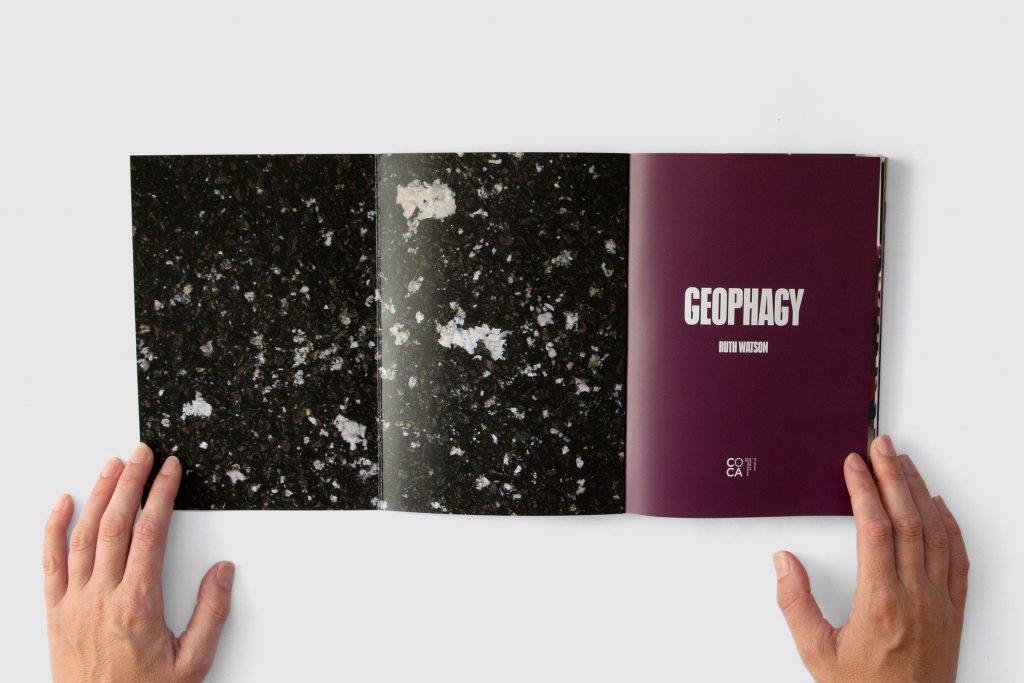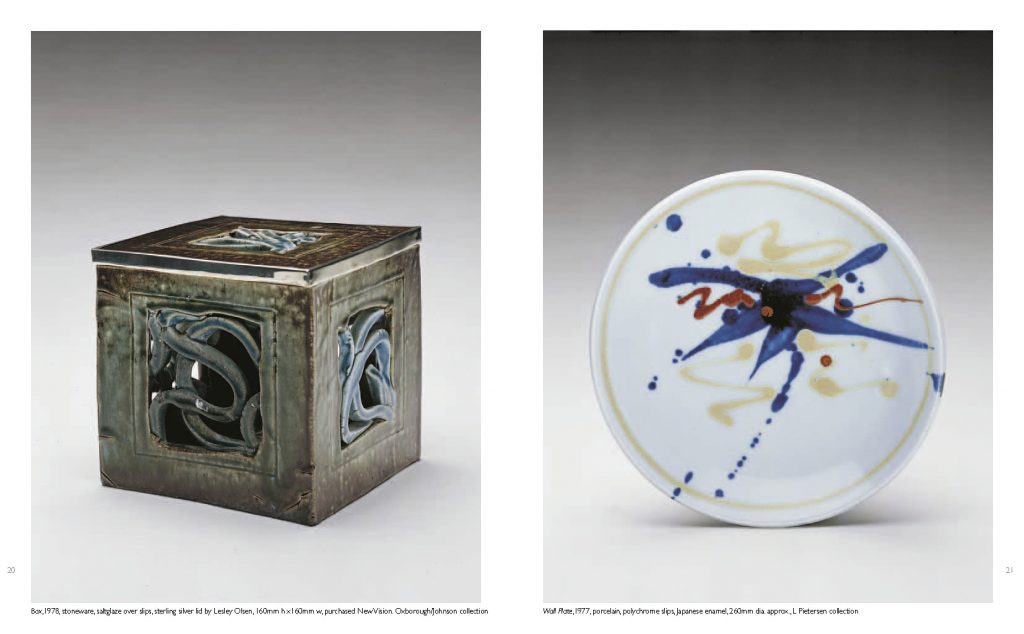Stopped Short: Writings on Len Lye 1977-2017
Wystan Curnow
Published by Bouncy Castle and Govett-Brewster Art Gallery|Len Lye Centre, with generous support from the Len Lye Foundation, Pollen Contemporary Art Foundation, and Grant Kerr.
For five decades, Wystan Curnow has been an advocate for—and authority on—the works of filmmaker and sculptor Len Lye. Alongside his friend and sometime collaborator Roger Horrocks, Curnow has championed the Aotearoa New Zealand–born artist’s work and driven its growing popular and critical recognition. Stopped Short gathers Curnow’s key writings on Lye. The first half centres on his discovery of Lye’s work in New York; the second explores its repatriation to Lye’s homeland where the establishment of the Len Lye Foundation and a dedicated Len Lye Centre in Ngāmotu New Plymouth has cemented Lye’s significance within Aotearoa New Zealand art history. Each half is introduced by Curnow, reflecting back on his earlier writings. In addition to offering a wealth of insights into Lye’s work, Stopped Short is also a study in reception, meditating on Lye’s place in world art, his place in Aotearoa New Zealand art, and the shifting relationship between them.
Len Lye (1901–80) is known for his dazzling experimental films and kinetic sculptures—parallel expressions of his desire to create an art of motion. He also made paintings and photograms (cameraless photographs)—and wrote. Born in Ōtautahi Christchurch, Lye spent time in Australia and Sāmoa in the early 1920s, before working his passage to London in 1926. There he became part of the modern-art scene, exhibiting with the Seven and Five Society and in the 1936 Internationalist Surrealist Exhibition.
He made his first film, Tusalava, in 1929 and went on to make films for the GPO Film Unit and Crown Film Unit utilising a variety of experimental techniques, often painting directly on film. In 1944 Lye moved to New York to work for the newsreel The March of Time. In the 1950s he began making films by scratching directly into black-leader film stock, and, in the late 1950s and 1960s, he developed motorised kinetic works he coined tangible motion sculptures. Examples are held in US collections such as the Whitney Museum of Americal Art, New York; Art Institute of Chicago; Buffalo AKG Art Museum; and Berkeley Art Museum.
Shortly before his death in 1980, Lye and his supporters established the Len Lye Foundation, based at the Govett-Brewster Art Gallery, Ngāmotu New Plymouth, which continues to promote Lye’s work and to realise his kinetic sculptures. The new century has seen a growing international interest in Lye with solo shows at the Pompidou Centre, Paris, in 2000; Art Gallery of New South Wales, Sydney, in 2001; Australian Centre for the Moving Image, Melbourne, in 2009; Ikon Gallery, Birmingham, in 2010; The Drawing Centre, New York, in 2014; and Museum Tinguely, Basel, in 2019. The Govett-Brewster opened its dedicated Len Lye Centre in 2015.
•
Wystan Curnow is Aotearoa New Zealand’s most eminent contemporary art critic. His internationalist perspective was shaped by living in the United States in the 1960s, where he was exposed to modernist painting and conceptual art. In the 1970s he became the house critic for the burgeoning post-object art scene centred on Jim Allen’s Sculpture Department at the Elam School of Fine Arts at the University of Auckland, and began writing extensively on Colin McCahon, Billy Apple and Len Lye. Through his writing and curating, Curnow has raised the global profile of New Zealand artists and local awareness of and interest in expatriate artists, creating a more porous, complex idea of New Zealand art. In addition to being a regular contributor to journals and catalogues, he has written books on Immants Tillers (1998) and Stephen Bambury (2000), and has co-edited several books on Lye, including Figures of Motion (1984), Len Lye (2009), and The Long Dream of Waking (2018). A collection of his writings, The Critic’s Part, was published in 2014, and another of his writings on Billy Apple, Sold on Apple, in 2015. Curnow received the Prime Minister’s Award for Literary Achievement in non-fiction in 2018. He has been a trustee of the Len Lye Foundation since 2003. He lives in Tāmaki Makaurau Auckland.
Publication date: April, 2024
Flexicover | 180 x 235 x 18mm | 208 pages |
ISBN 978-0-473-67853-1
RRP $40 Available
For all wholesale orders and requests info@rimbooks.com

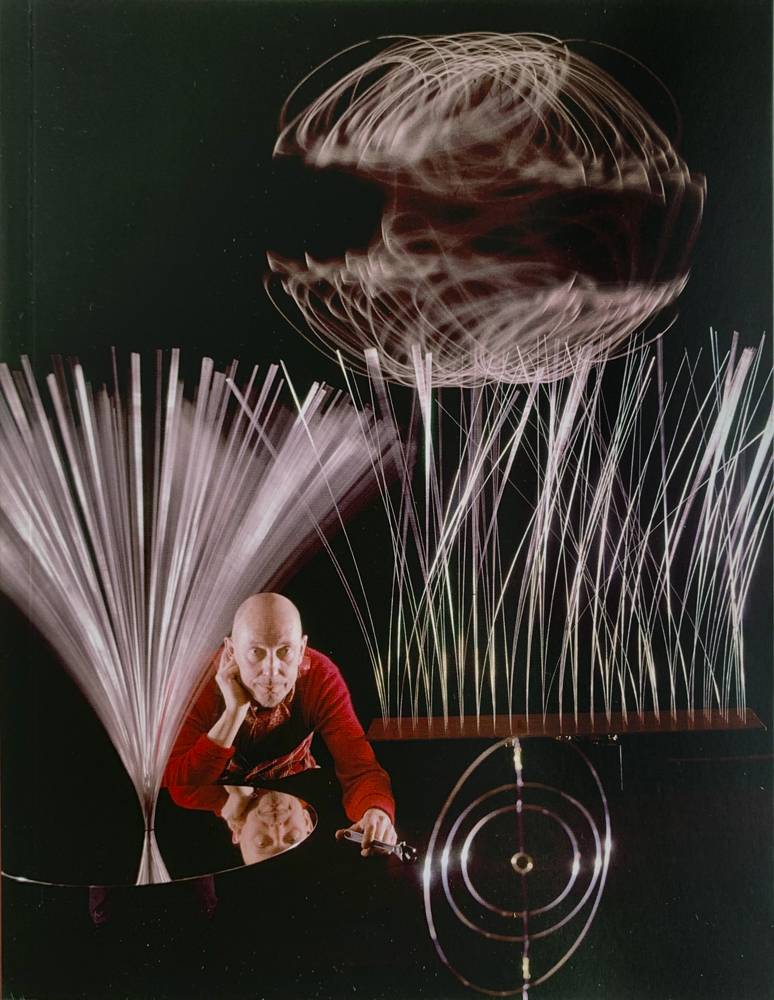




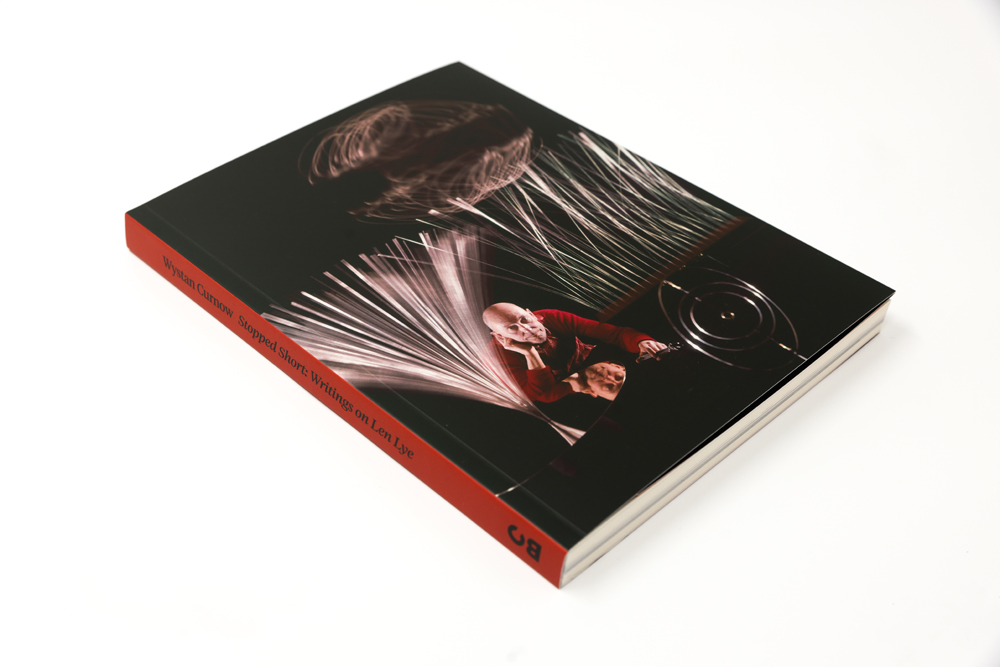
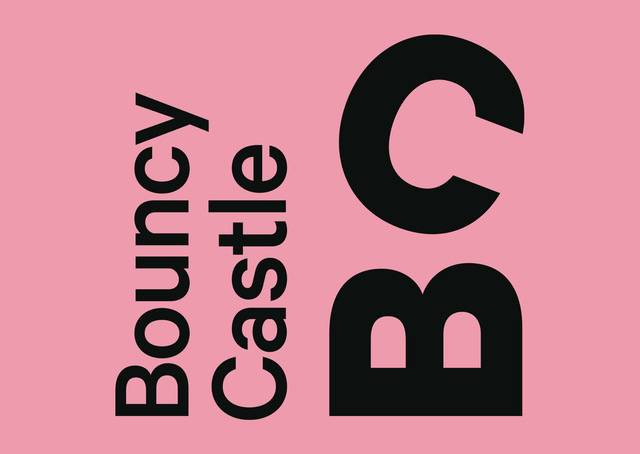
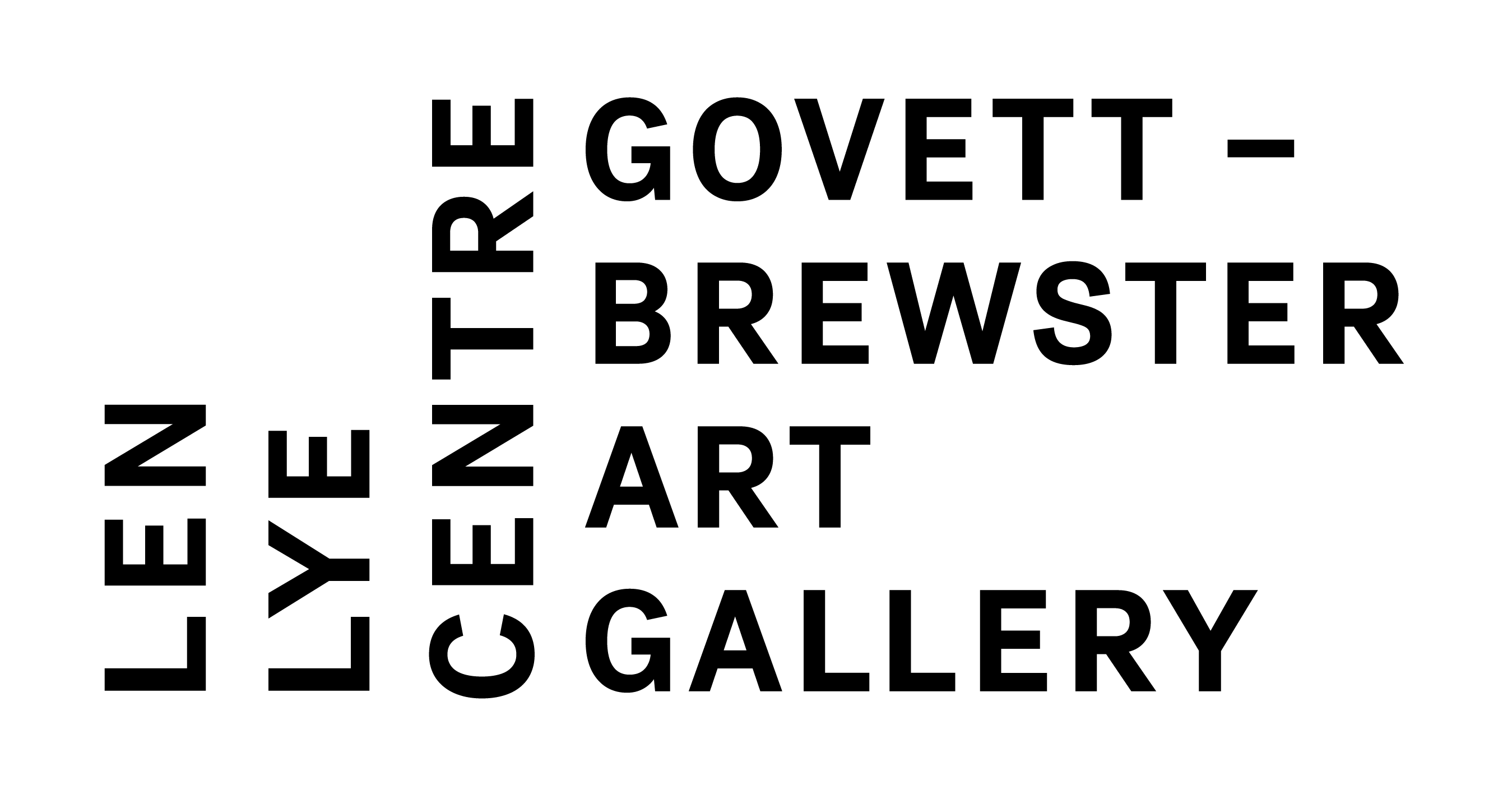
 LA Botanical is a series of ambrotype photographs of plant specimens found in the greater Los Angeles area. It was conceived by the multidisciplinary artist Joyce Campbell in the wake of Hurricane Katrina which devastated the Gulf Coast of Louisiana in 2005. The aftermath, particularly the inability and unwillingness of the Federal Government to respond to the crisis in flooded New Orleans, highlighted the vulnerability of a populace stranded in the face of natural, and human induced calamity in the world’s most powerful nation. As a mother raising her young child in a sprawling American city Campbell was compelled to ask: when the supply chain is disrupted and the supermarkets are empty, and there is no sign of aid reaching you, how can ‘art’ be useful?
LA Botanical is a series of ambrotype photographs of plant specimens found in the greater Los Angeles area. It was conceived by the multidisciplinary artist Joyce Campbell in the wake of Hurricane Katrina which devastated the Gulf Coast of Louisiana in 2005. The aftermath, particularly the inability and unwillingness of the Federal Government to respond to the crisis in flooded New Orleans, highlighted the vulnerability of a populace stranded in the face of natural, and human induced calamity in the world’s most powerful nation. As a mother raising her young child in a sprawling American city Campbell was compelled to ask: when the supply chain is disrupted and the supermarkets are empty, and there is no sign of aid reaching you, how can ‘art’ be useful? 
